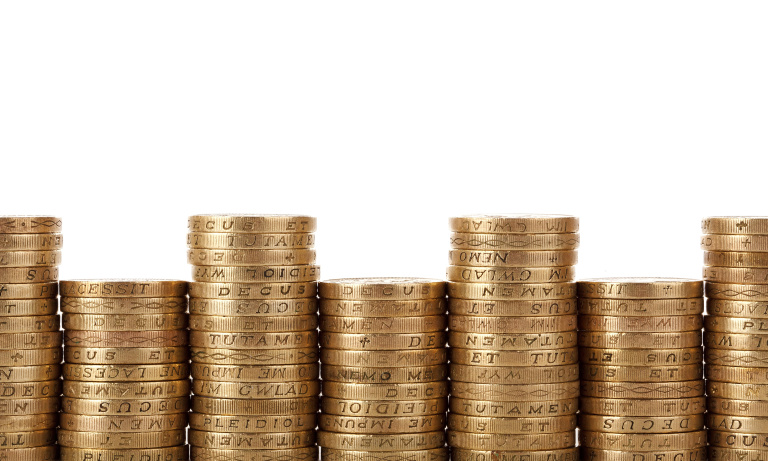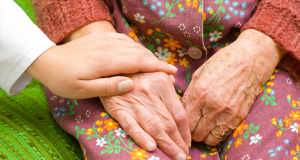 Minimum wage rates have increased by 50% over the past 20 years
Minimum wage rates have increased by 50% over the past 20 years Since it was introduced in 1999, the minimum wage has increased quicker than average pay. Britain has one of the world’s highest minimum wages and the government is considering what to do after 2020 with further rises being possible.
For workers aged 25 and over, it is now known as the National Living Wage and rises to £8.21 an hour from 1st April 2019.
The minimum wage has increased by 50% over the past 20 years, after adjusting for inflation, compared with 15% for those on an average wage.
It is now paid to 1.6 million people aged 25 and over, up from only 700,000 in 1999. This is because the minimum wage is now a greater proportion of average pay.
Lower minimum wage rates for about 230,000 under-25s range from £4.35 to £7.70 and have not risen as fast.
The obvious reason for having a higher minimum wage is to boost the pay of those with low hourly pay. This includes professions such as carers, hairdressers, kitchen aids and cleaners.
However, while raising the minimum wage is often seen as a way to reduce poverty, it is not that straightforward as only one in five of those on the lowest wages lives in the UK’s poorest households. Lower income workers may have a partner who earns a higher wage which raises their household income to a higher level.
Minimum wage rates from 1 April
- National Living Wage – for 25-year-olds and over: £8.21 an hour
- Minimum wage – 21 to 24-year-olds: £7.70 an hour
- Minimum wage – 18 to 20-year-olds: £6.15 an hour
- Minimum wage – 16 to 17-year-olds: £4.35 an hour
- Apprentice rate: £3.90 an hour
The charity the Living Wage Foundation says the wage level needed to “meet the costs of living” is £9 across the UK and £10.55 in London.





